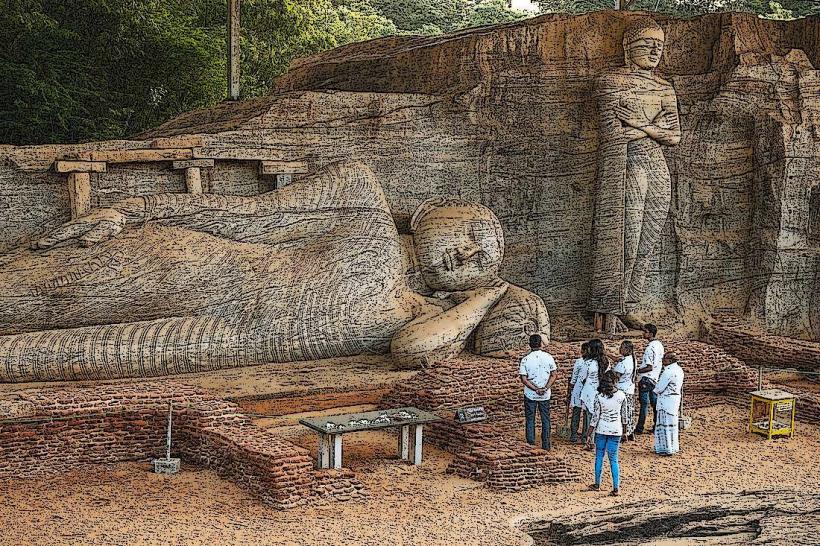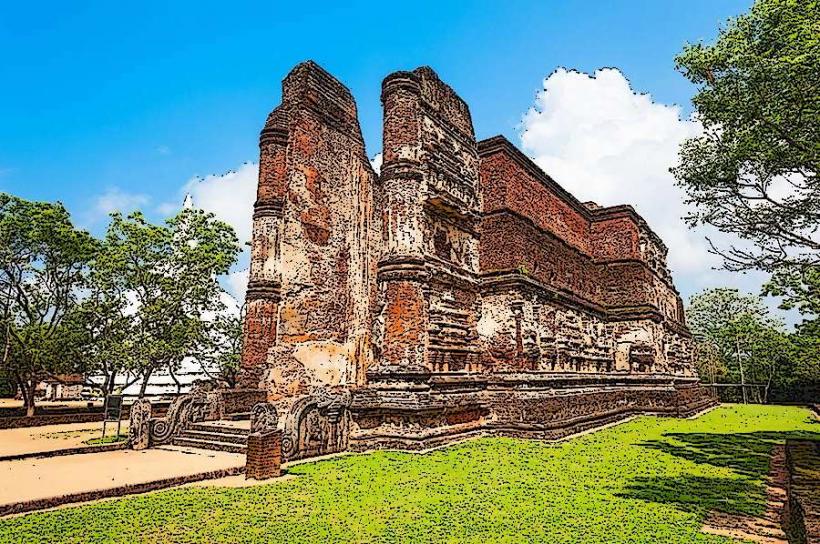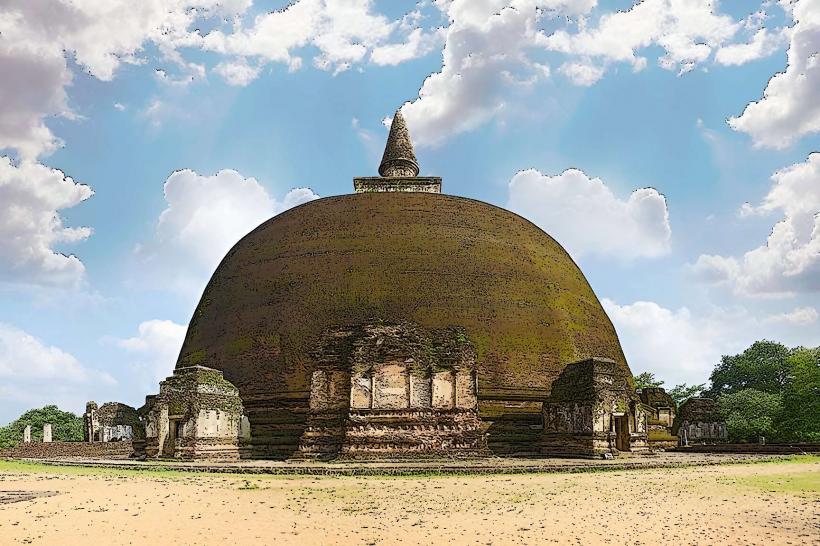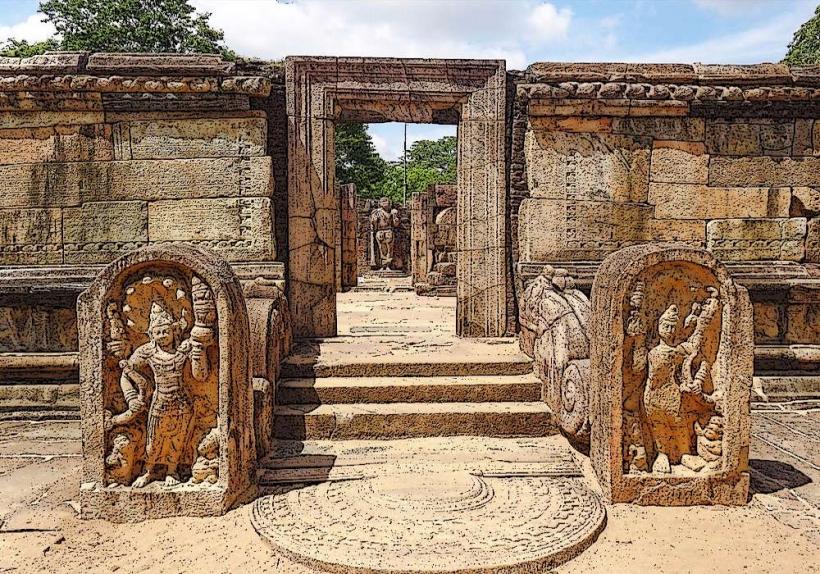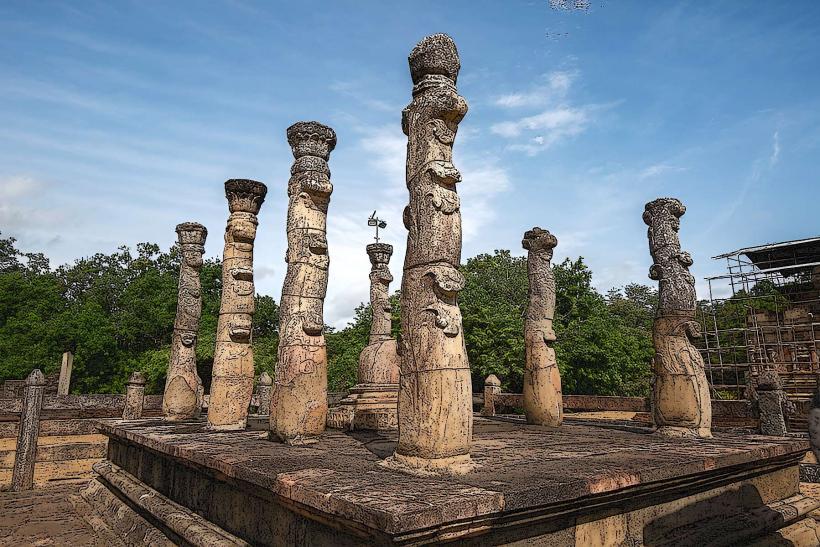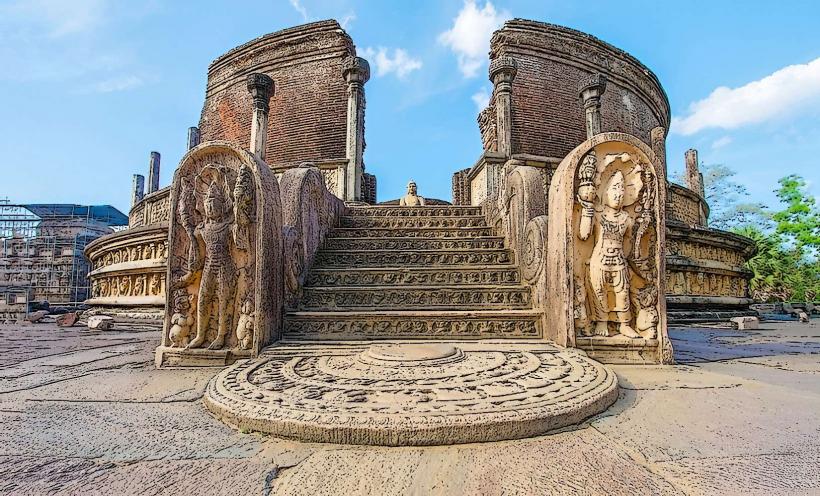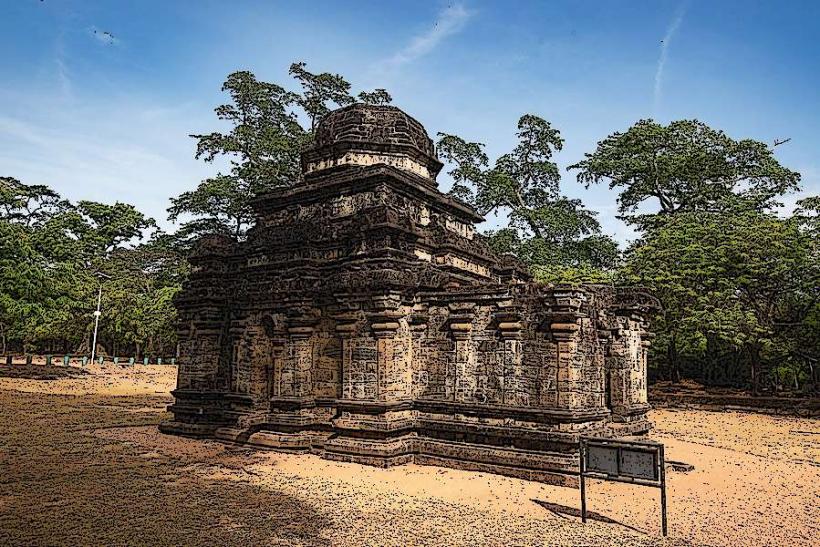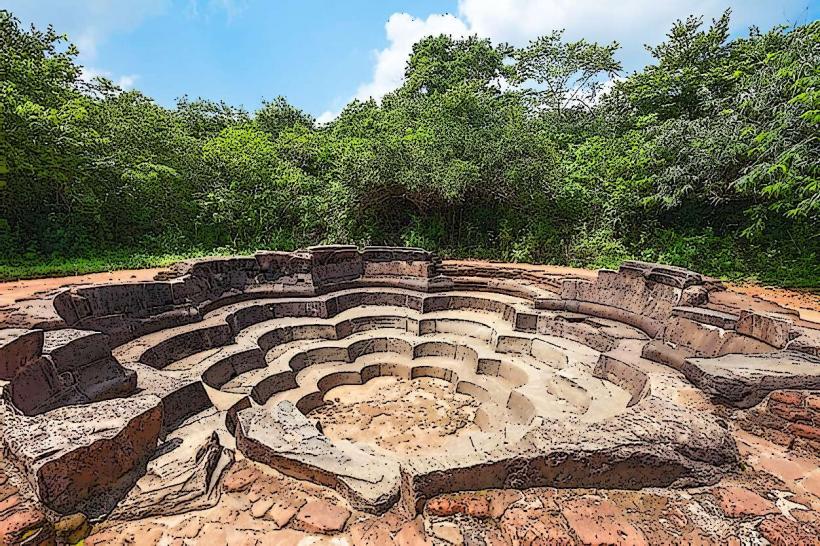Information
Landmark: Archaeological MuseumCity: Polonnaruwa
Country: Sri Lanka
Continent: Asia
Archaeological Museum, Polonnaruwa, Sri Lanka
The Archaeological Museum in Polonnaruwa is an essential destination for anyone interested in the historical significance of the ancient city and its archaeological wonders. Located near the Polonnaruwa Archaeological Site, this museum provides in-depth insights into the ancient civilization that once thrived in Polonnaruwa during its time as the capital of Sri Lanka, particularly under the reign of King Parakramabahu I in the 12th century.
Overview
- Name: Polonnaruwa Archaeological Museum
- Location: Polonnaruwa, North Central Province, Sri Lanka
- Established: 1967
- Type: Archaeological Museum
- Managed by: Department of Archaeology, Sri Lanka
Purpose and Significance
The Archaeological Museum in Polonnaruwa plays a vital role in preserving and displaying the rich cultural heritage of the ancient city. It serves as a resource center for archaeologists, historians, and tourists by providing essential information about the artifacts, architecture, and history of Polonnaruwa and its surrounding areas.
Key functions of the museum include:
- Preservation of Ancient Artifacts: The museum displays a vast collection of sculptures, tools, coins, ceramics, and inscriptions that shed light on the daily life, religion, and culture of the people of Polonnaruwa.
- Research and Education: The museum serves as an educational hub for learning about the archaeological discoveries in Polonnaruwa, providing valuable insights into the history and evolution of Sri Lanka.
- Public Awareness: It helps raise awareness about the importance of preserving archaeological sites and artifacts for future generations.
Exhibits and Collections
The museum houses a comprehensive collection of items that reflect the civilization of the Polonnaruwa Kingdom. Some of the key exhibits include:
- Statues and Sculptures:
- The museum features numerous stone sculptures and statues of Buddha, as well as other Hindu deities that were worshipped during the Polonnaruwa period. These sculptures display the intricate artistic techniques of ancient artisans.
- Statues of Kings and Deities: These sculptures provide insight into the religious practices and royal iconography of the time.
- Inscriptions:
- The museum displays a variety of inscriptions on stone tablets, which offer detailed records of ancient kings, land grants, and legal decrees. These inscriptions are crucial for understanding the governance and administrative structures of the Polonnaruwa period.
- Coins and Pottery:
- A large collection of ancient coins and pottery pieces are on display, offering insights into the trade and economic activities of the time.
- Architectural Models and Photographs:
- The museum exhibits models and photographs of the ruins of Polonnaruwa and its surrounding temples and buildings, allowing visitors to understand what the city might have looked like during its heyday.
- Religious Artifacts:
- There are several religious artifacts, including ritual tools, statues of gods, and ceremonial objects that were used in Buddhist and Hindu rituals.
- Tools and Implements:
- The museum displays tools and implements that were used for craftsmanship, construction, and everyday tasks, showcasing the advanced level of engineering and industrial development in Polonnaruwa.
Visitor Experience
Educational and Informative:
- The museum provides clear explanations of each exhibit with accompanying labels and historical context. For those interested in deeper understanding, the museum also offers detailed catalogs and publications for further reading.
Layout and Architecture:
- The museum is housed in a modern building with well-organized exhibition halls and spacious galleries. It is designed to provide a comfortable environment for visitors to explore and learn about the history and archaeology of Polonnaruwa.
Guided Tours:
- For a more in-depth experience, guided tours are available, providing visitors with detailed commentary about the historical and cultural significance of the artifacts. This makes it easier for tourists to understand the context of each item.
Access to the Polonnaruwa Site:
- The museum's proximity to the Polonnaruwa Archaeological Site allows visitors to combine their trip to the museum with a tour of the ancient city, enabling them to see the actual locations where many of the artifacts were discovered.
Importance for Cultural Heritage
The Polonnaruwa Archaeological Museum is vital in preserving the historical memory of Sri Lanka's ancient civilization. As the second capital of the island, Polonnaruwa is a UNESCO World Heritage Site, and the museum plays a crucial role in maintaining and interpreting its legacy for future generations.
In addition to its educational value, the museum also contributes to tourism in Sri Lanka, attracting visitors who are interested in the island's ancient history, art, and culture.
Conclusion
The Polonnaruwa Archaeological Museum is an important cultural institution that showcases the rich archaeological heritage of Sri Lanka. It offers a comprehensive understanding of the ancient kingdom of Polonnaruwa and its remarkable achievements in architecture, art, and administration. A visit to this museum not only enhances the experience of touring the Polonnaruwa ruins but also provides a deep dive into the fascinating history of medieval Sri Lanka.


